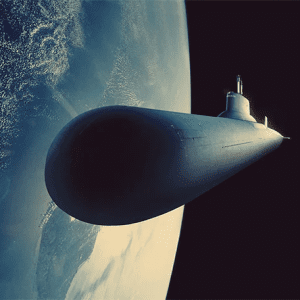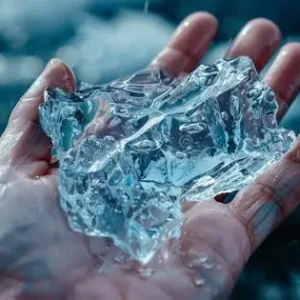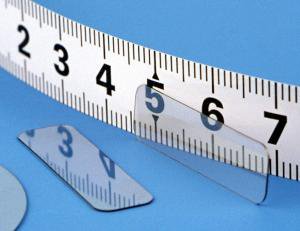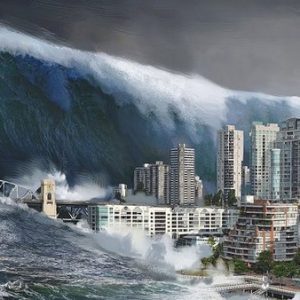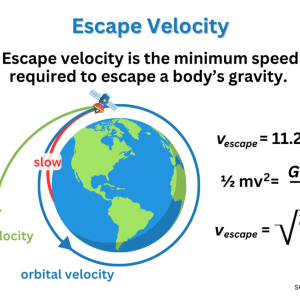Earth was created 4.5 billion years ago. Life started almost immediately as Earth cooled enough and is likely around 4 billion years.
The Early Earth was a very different place. There were no oxygen in the atmosphere, it was very hot, the day was around 6 hours and moon was very close, generating extreme tidal effects. The oceans were a slurry of solved material. The early Earth was like a planet size blender. The period is named the Hadean eon, after Hades, the ruler of the underworld in the Greek mythology. It was a hellish place.
Then life itself transformed Earth to what we see today.
There is no other planet in the solar system with a suitable atmosphere. Earth’s closest cousin is Venus, with a crushing atmosphere where it rains sulfuric acid, and with temperatures of 460 °C. It is completely inhospitable to life.
There is no planet that is going through the process that Earth went through.
Mars started out hospitable to life, but soon lost its atmosphere. There may still be bacteria living deep down in the ground on Mars. And that is what the scientific rovers are looking for.
There are also some moons with water that may harbor simple life, like bacteria.
Early Earth:
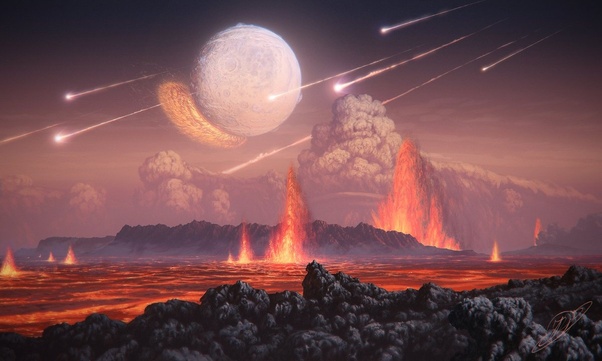
Mercury.
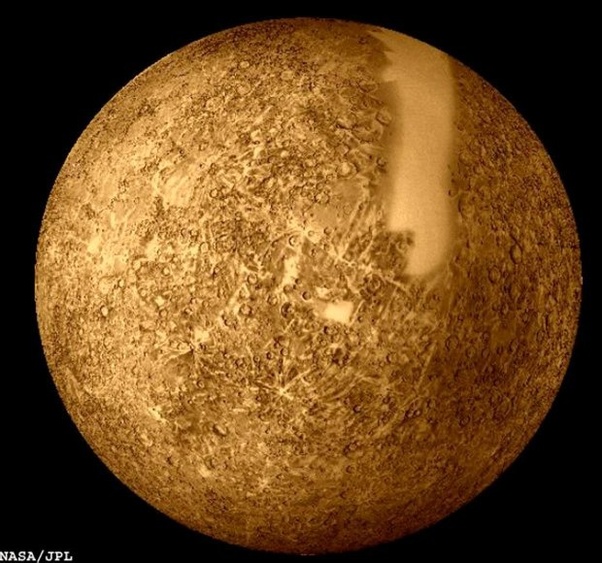
Temperature: 333°F (167°C).
Mercury is unlikely to support life due to its extreme temperatures. Mercury doesn’t have true atmosphere, no breathable oxygen and lack of liquid water and due to being close to the sun, it is exposed to high solar radiation which would make it inhabitable for life.
Venus.
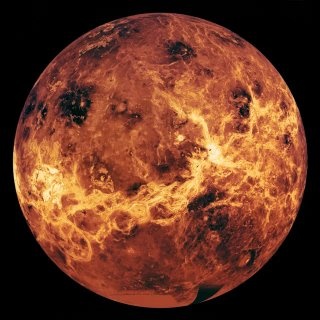
Temperature: 867°F (464°C).
Venus is unable to support life due to it’s extreme temperatures, which is high enough to melt metal such as lead, tin, and zinc. It’s atmosphere is made up of sulfuric acid.
Venus also does not have water in a liquid or solid form on its surface and breathable oxygen. Venus is the hottest planet in the solar system.
Earth.
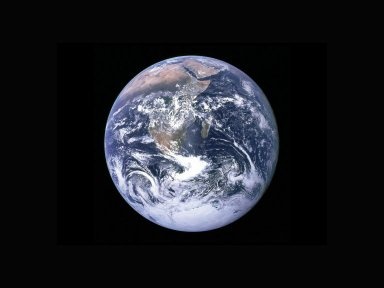
Temperature: 59°F (15°C).
Earth is the only planet in the solar system to support life because of its distance from the sun, the presence of liquid water, a suitable atmosphere, and protection from harmful radiation.
Mars.
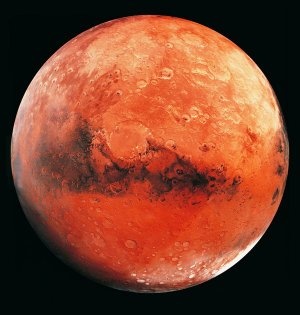
Temperature: Minus 85°F (-65°C).
Mars has a thin atmosphere and more than 96 percent of it is toxic CO2. Due to it’s thin atmosphere, Mars is exposed to a significant amount of solar radiation.
Jupiter.
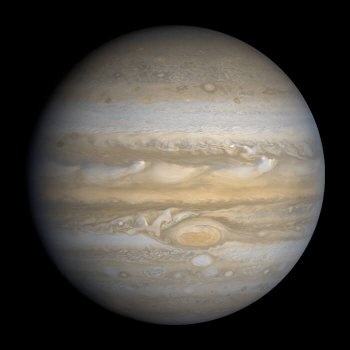
Temperature: Minus 166°F (-110°C).
Jupiter is a gas giant with no solid surface and life would be impossible in Jupiter due to immense pressure which would crush anything or destroyed by the extreme temperatures.
Deadly winds, which can reach upto 1450 kph (900 mph) will throw away anything. No breathable oxygen.
Saturn.
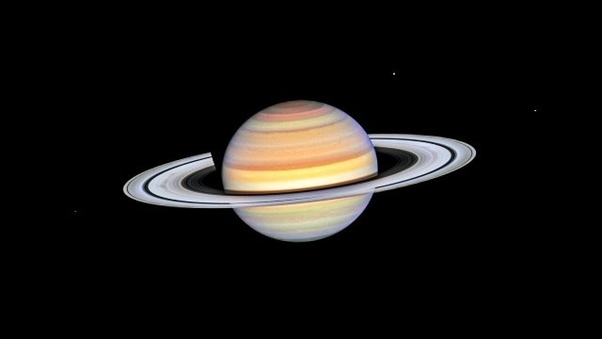
Temperature: Minus 220°F (-140°C).
Saturn is a gas giant with no solid surface and life would be impossible in Saturn due to dense atmosphere, intense pressures and extremely cold temperatures. No breathable oxygen.
Neptune.
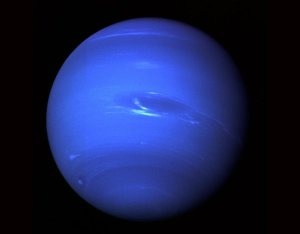
Temperature: Minus 320°F (-195°C).
Neptune is a gas giant with unbreathable atmosphere, extreme winds, extremely cold temperatures ( absences of liquid water ) and immense pressure which would crush anything. No breathable oxygen.
Uranus.

Temperature: Minus 330°F (-200°C).
Uranus is a gas giant with no solid surface and life would be highly unlikely to exist due to it’s immense pressures and temperatures. No breathable oxygen. Uranus is the coldest planet in the solar system.

The various factors that made life possible on earth is absent in all other planets in the solar system. So passage of time wouldn’t make it possible for life to emerge in other planets.

